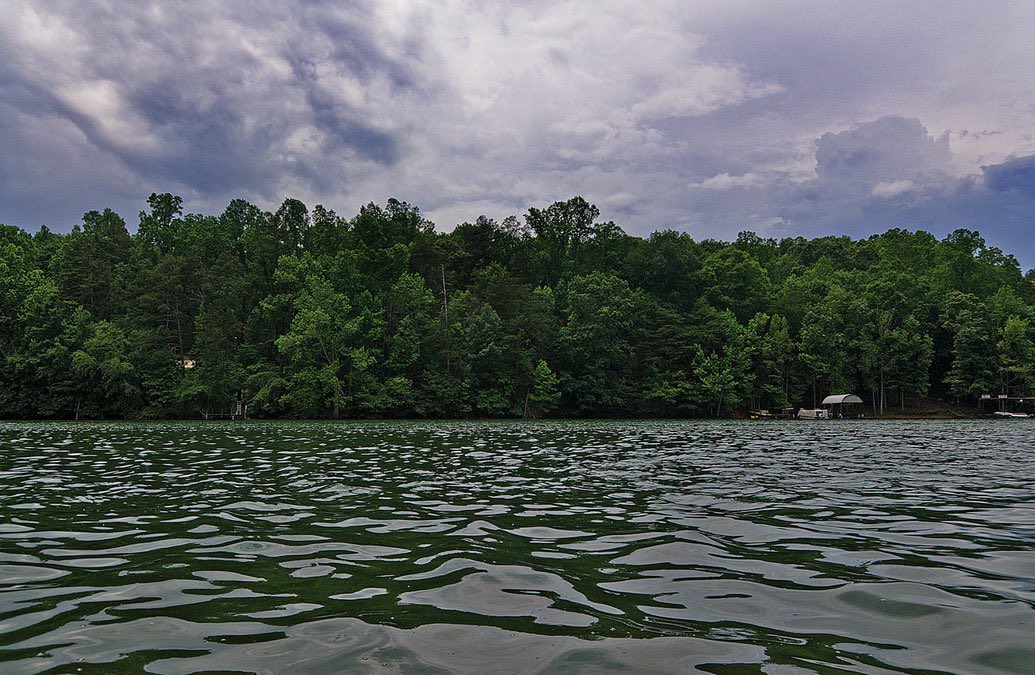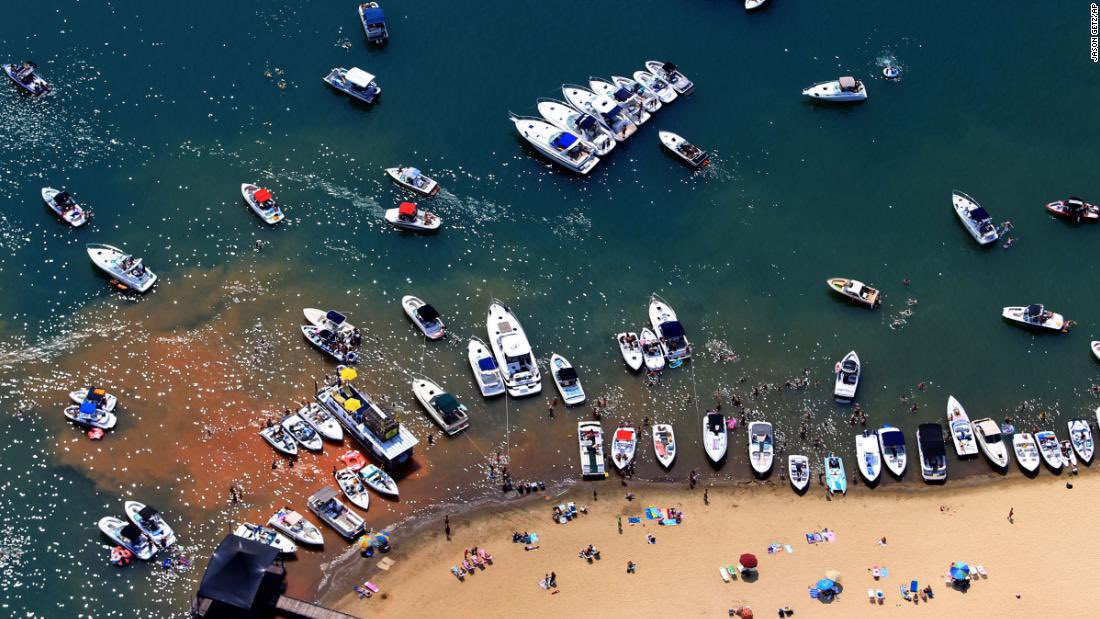As we know, Atlanta is a transient city. Many of us that call this city home, aren’t from here.
And personally, I love history.
So going back and exploring the landmarks of our city is interesting to me....and if it’s interesting to you, enjoy this thread...
And personally, I love history.
So going back and exploring the landmarks of our city is interesting to me....and if it’s interesting to you, enjoy this thread...
In the 1950s, Georgia is coming off the heels of the Great Depression and subsequently, WW2.
WW2 greatly benefitted the GA economy through Fort Benning,as well as the ports of Savannah & Brunswick.

WW2 greatly benefitted the GA economy through Fort Benning,as well as the ports of Savannah & Brunswick.
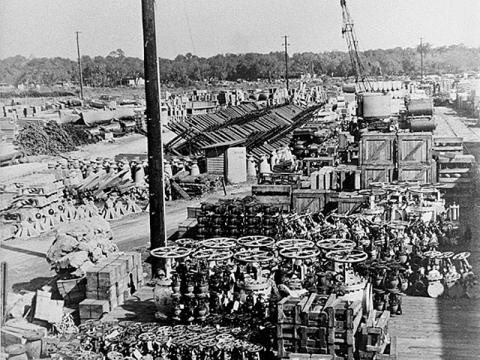
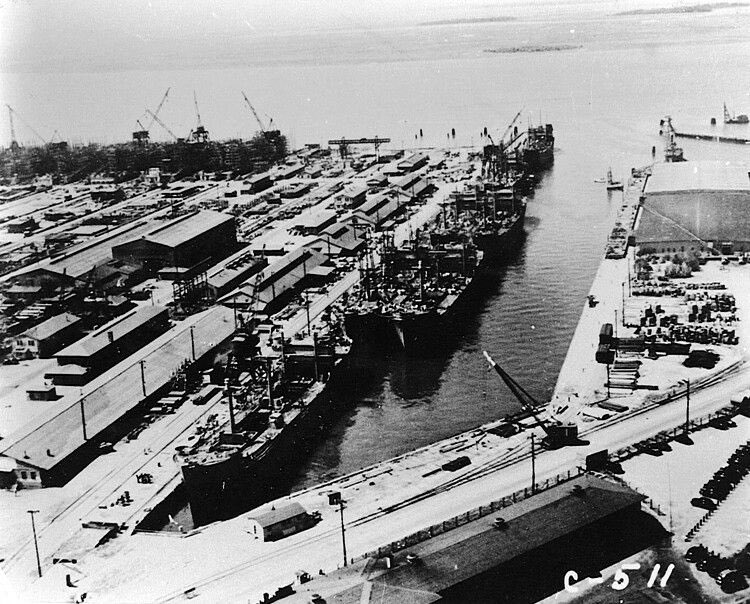
As the US economy rebounds & thrives post war, President Dwight Eisenhower signs the Federal-Aid Highway Act of 1956.
He was inspired by the German autobahnen while stationed in Germany during WW2.

He was inspired by the German autobahnen while stationed in Germany during WW2.

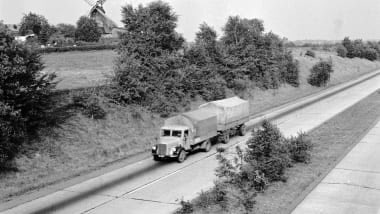
While our highway system is probably the most notable public works program of that time, there were many others before & after that.
The 1946 River & Harbors Act, which funded waterway projects across the country, funded projects like Lake Lanier for example...
The 1946 River & Harbors Act, which funded waterway projects across the country, funded projects like Lake Lanier for example...
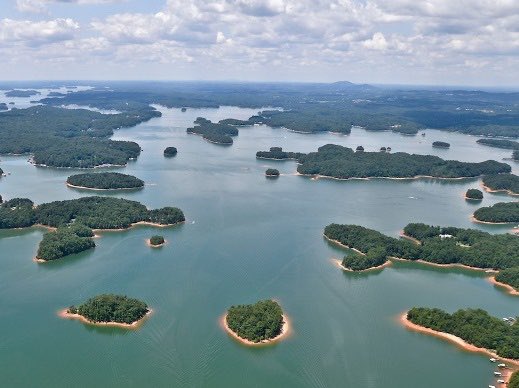
Atlanta in the late 40’s & early 50’s was a growing metropolis outpacing its water usage.
That, paired with a frequently flooding Chattahoochee River, led to the need for a dam & lake to help ease those problems.

That, paired with a frequently flooding Chattahoochee River, led to the need for a dam & lake to help ease those problems.
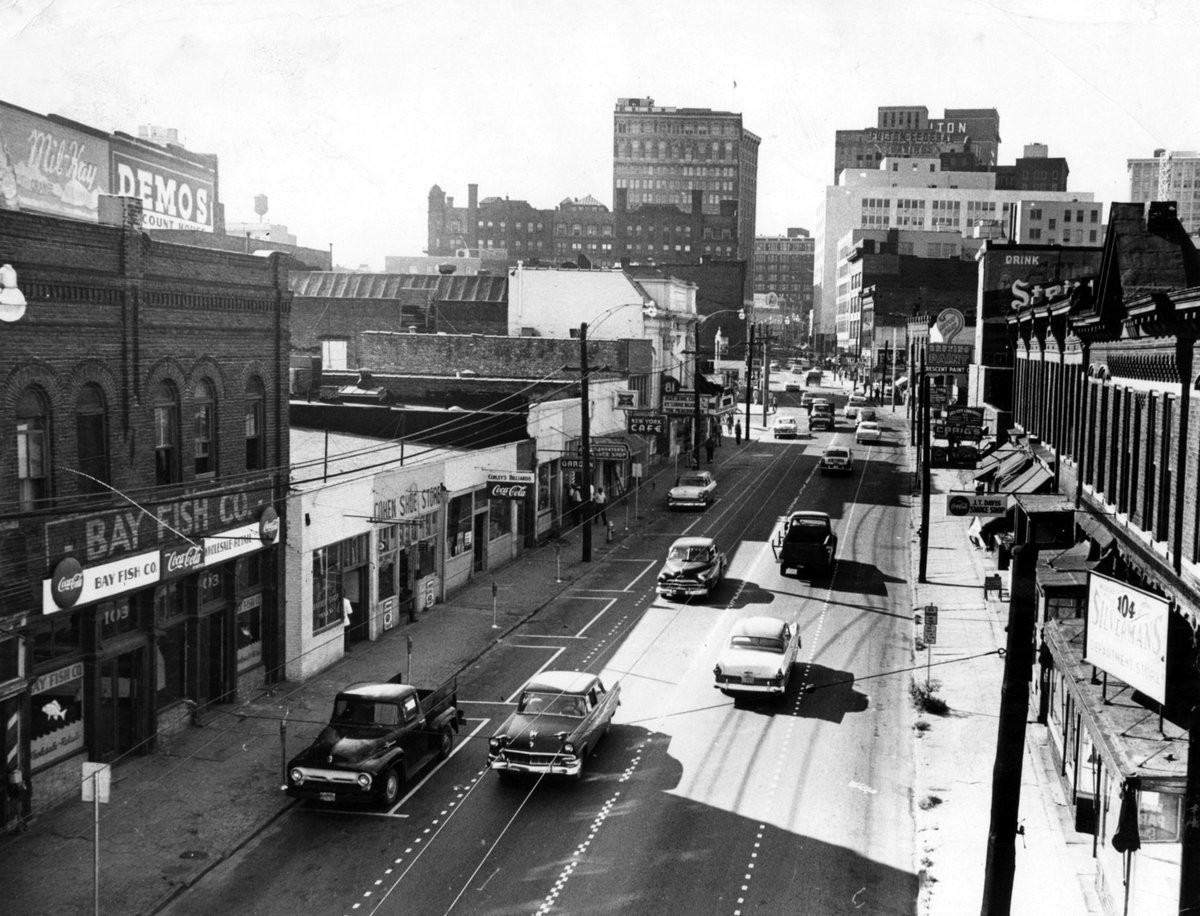
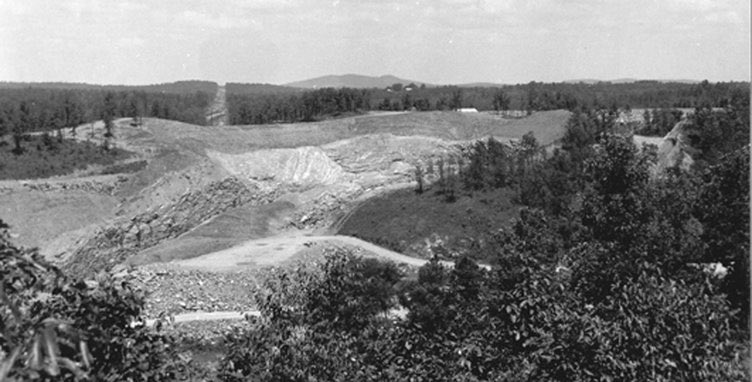
Funding was approved for the dam in 1949, and they broke ground in March of 1950.
The local ceremony was attended by about 10k people, including Atlanta Mayor William Hartsfield.
The 1st site for the dam was Roswell, but Buford was more rural, so they moved it there instead.

The local ceremony was attended by about 10k people, including Atlanta Mayor William Hartsfield.
The 1st site for the dam was Roswell, but Buford was more rural, so they moved it there instead.
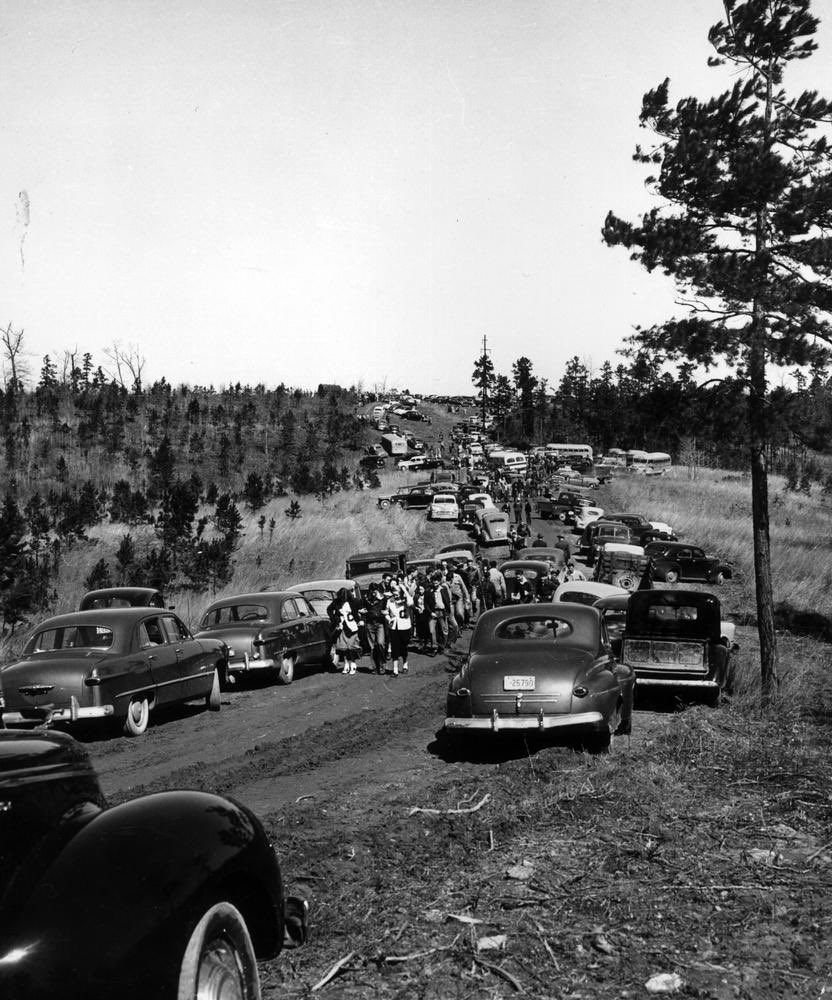
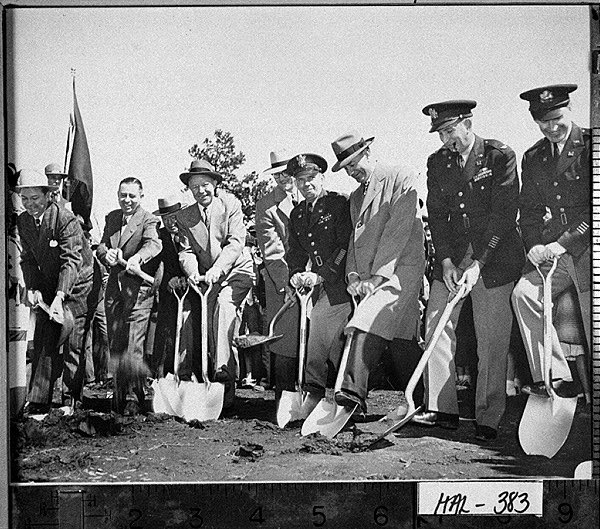
Over the next 6 years, the Army Corp of Engineers spent nearly half of the $45M+ budget on displacing 700+ families that lived on the 56,000 acres of land.
There were towns, farms, homes, schools, businesses, parks, cemeteries and even a racetrack on the land.



There were towns, farms, homes, schools, businesses, parks, cemeteries and even a racetrack on the land.
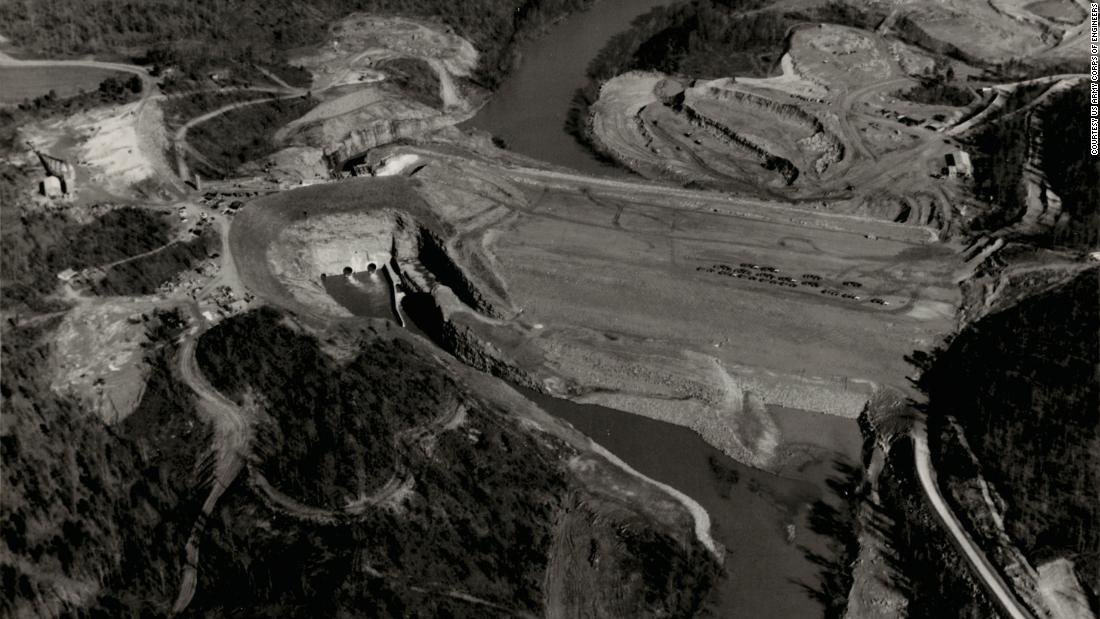

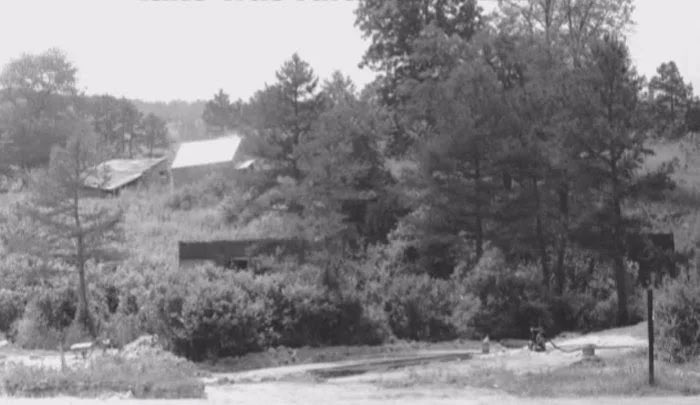

While many of those buildings were torn down, some remained.
Concrete buildings, cars, bridges, some cemeteries, the racetrack & many trees were left to be submerged underwater.
Corners were cut due to budget. Mayor Hartsfield had to lobby to Congress for funding increases.
Concrete buildings, cars, bridges, some cemeteries, the racetrack & many trees were left to be submerged underwater.
Corners were cut due to budget. Mayor Hartsfield had to lobby to Congress for funding increases.

By 1956, the land was flooded with 625B gals of water to form the lake and was fully formed & completed by 1957.
The dedication was held in October of ‘57 & the lake was named after Confederate Army poet Sidney Lanier, writer of “The Song of the Chattahoochee”.

The dedication was held in October of ‘57 & the lake was named after Confederate Army poet Sidney Lanier, writer of “The Song of the Chattahoochee”.
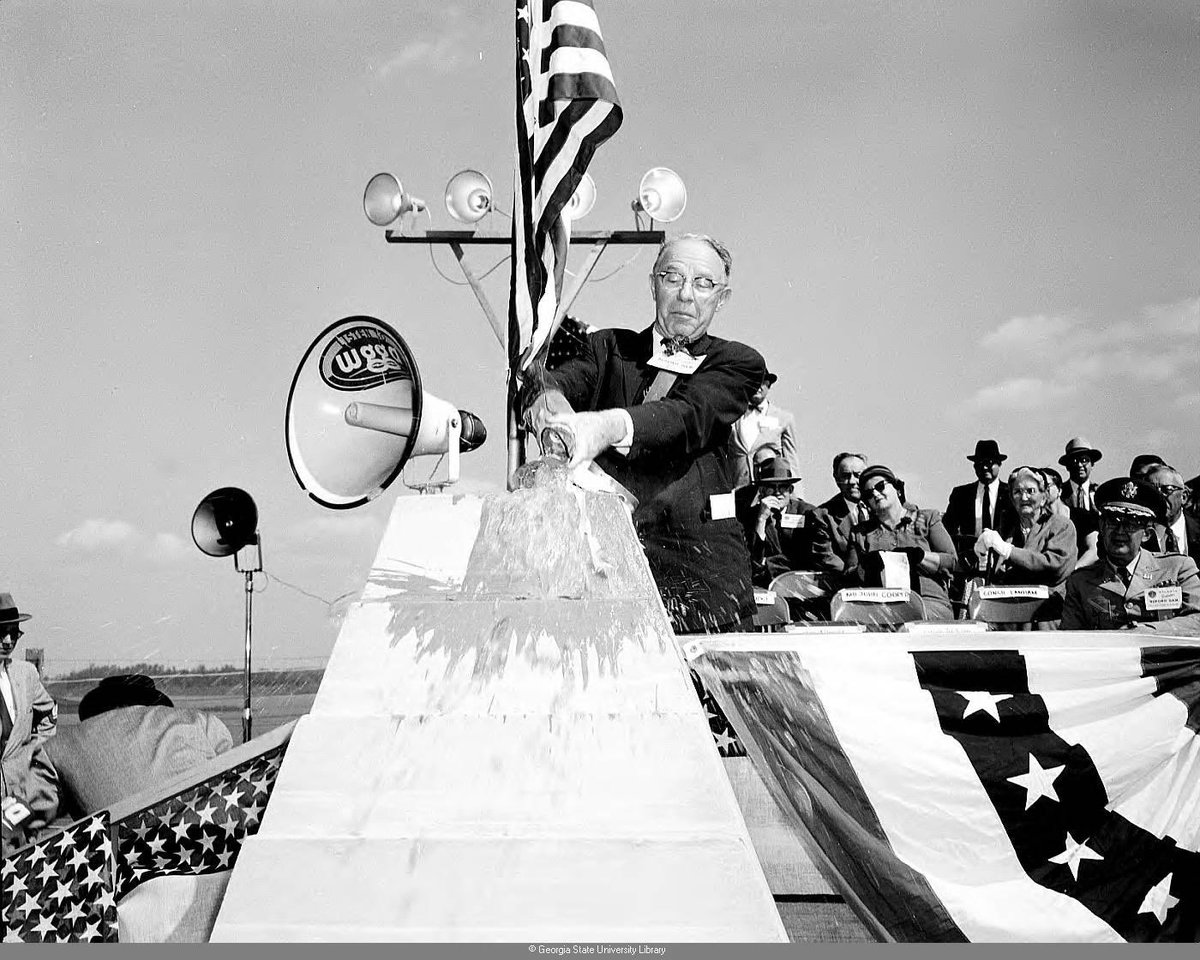
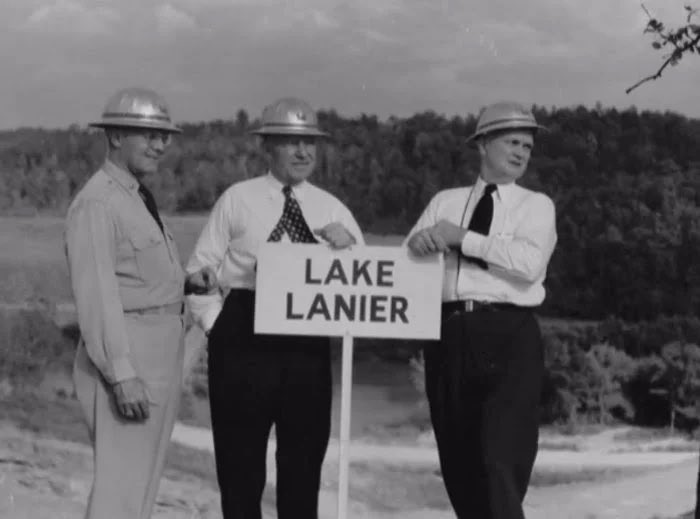
1958, a Ford sedan carrying 2 women careened off of a bridge and into the lake. The car & remains weren’t found until 1990.
Some say the ghost of one of the women, Susie Roberts, dubbed the "Lady of the Lake" wanders the bridge at night in a blue dress, lost & restless...


Some say the ghost of one of the women, Susie Roberts, dubbed the "Lady of the Lake" wanders the bridge at night in a blue dress, lost & restless...

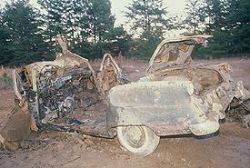

The deadliest day of Lake Lanier was XMas 1959.
Friends, the Brown & Rodgers family piled into the Brown’s car to go across the lake to an orchard.
The car clipped a guardrail & hit a power pole so hard it broke it in half & flipped into Lake Lanier.
7 of the 11 people passed.

Friends, the Brown & Rodgers family piled into the Brown’s car to go across the lake to an orchard.
The car clipped a guardrail & hit a power pole so hard it broke it in half & flipped into Lake Lanier.
7 of the 11 people passed.

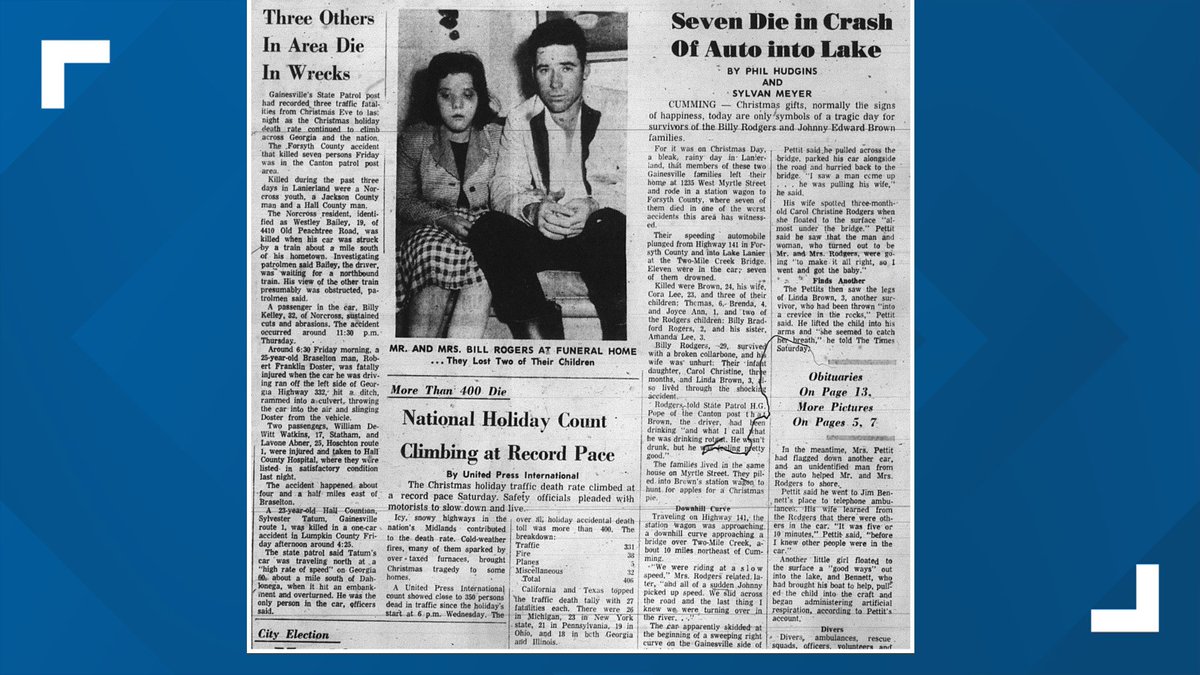
Since then, there have been tales of catfish the size of preteens.
Bodies showing up miles away from where they drowned.
People who have almost drowned in the waters of Lake Lanier describe the experience as being pulled under or held there without having any control.
Bodies showing up miles away from where they drowned.
People who have almost drowned in the waters of Lake Lanier describe the experience as being pulled under or held there without having any control.
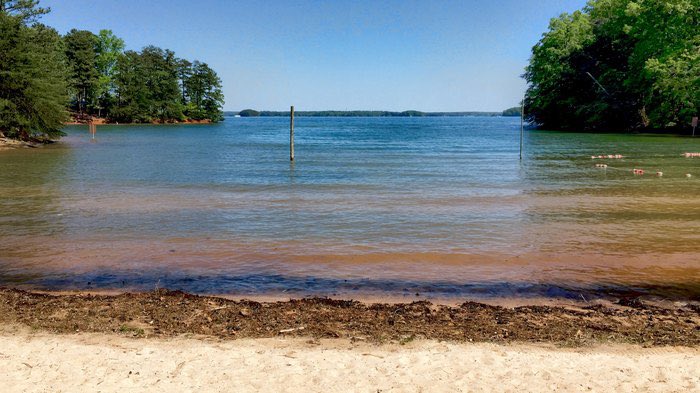
In 2017 GA experienced a drought.
This uncovered some of the history of Lake Lanier.
The stadium seating for the old racetrack became temporarily exposed.

This uncovered some of the history of Lake Lanier.
The stadium seating for the old racetrack became temporarily exposed.
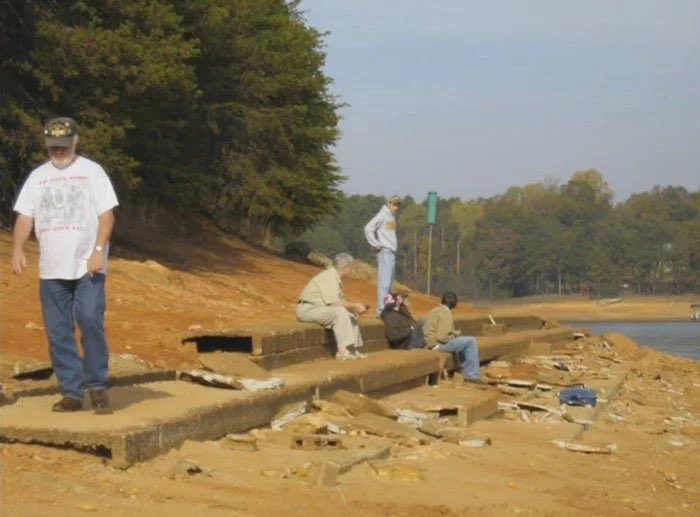
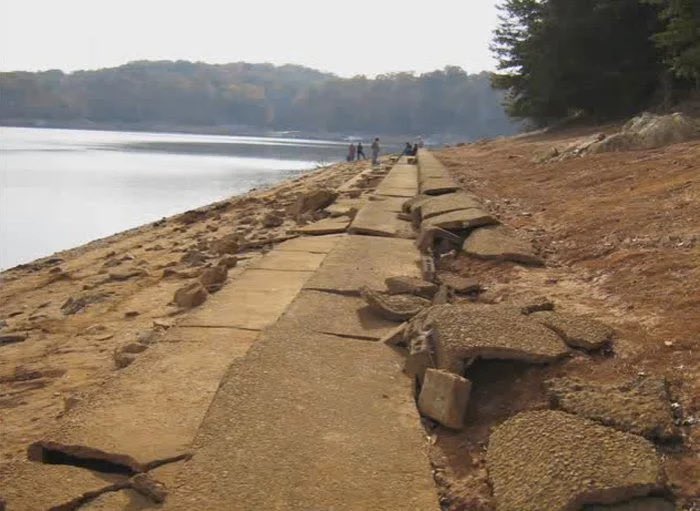
Nicholas Baggett of the Army Corps of Engineers says there's been hundreds of suicides, drownings and boat accidents on the lake.
He says some of the bodies are still here.
He says some of the bodies are still here.
Diver Buck Buchannon told local media that he sometimes felt body parts in the lake during his excursions. "You reach out into the dark & you feel an arm or a leg and it doesn't move."
"Hopefully you find them before they find you."
"Hopefully you find them before they find you."
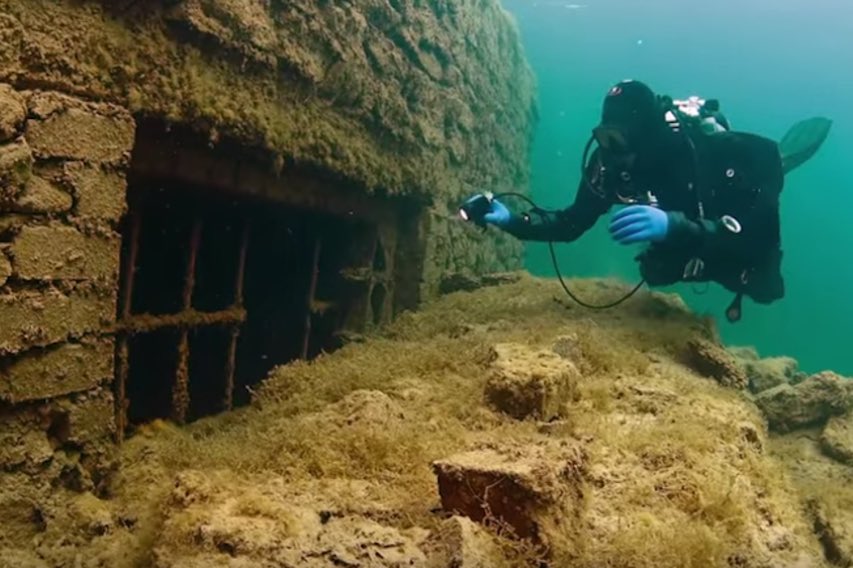
Since 1994, the seemingly haunted lake has claimed the lives of at least 160 people.
The lake is 7% more popular than GAs second most popular lake, but twice as deadly.
The lake is 7% more popular than GAs second most popular lake, but twice as deadly.
All tales can’t be believed, but Lake Lanier definitely has baggage to say the least. The lake continues to submerge souls on a yearly basis...
But when it isn’t, it serves as the Ozark for the show on Netflix & provides drinking water/recreation to Metro Atlanta.

But when it isn’t, it serves as the Ozark for the show on Netflix & provides drinking water/recreation to Metro Atlanta.
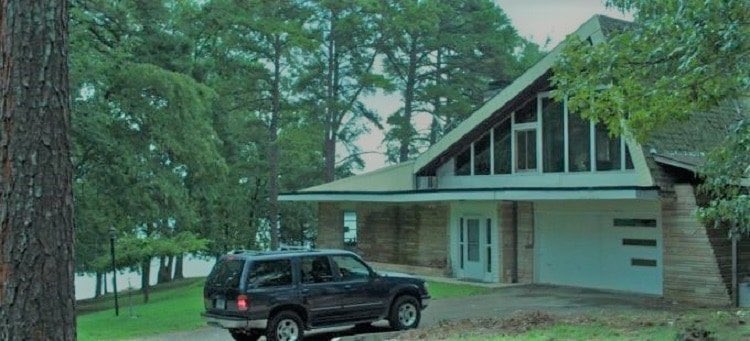

What do you want to see for my next #ThreadThursday?
If you liked this thread & like Atlanta history, go ahead and follow me so you don’t miss the next one!
Also, check out these threads you may have missed! 👇🏽
If you liked this thread & like Atlanta history, go ahead and follow me so you don’t miss the next one!
Also, check out these threads you may have missed! 👇🏽
History of Ponce City Market
https://twitter.com/donovanreyno1ds/status/1387616562769768455
History of Piedmont Park
https://twitter.com/donovanreyno1ds/status/1387911635830984704
• • •
Missing some Tweet in this thread? You can try to
force a refresh

